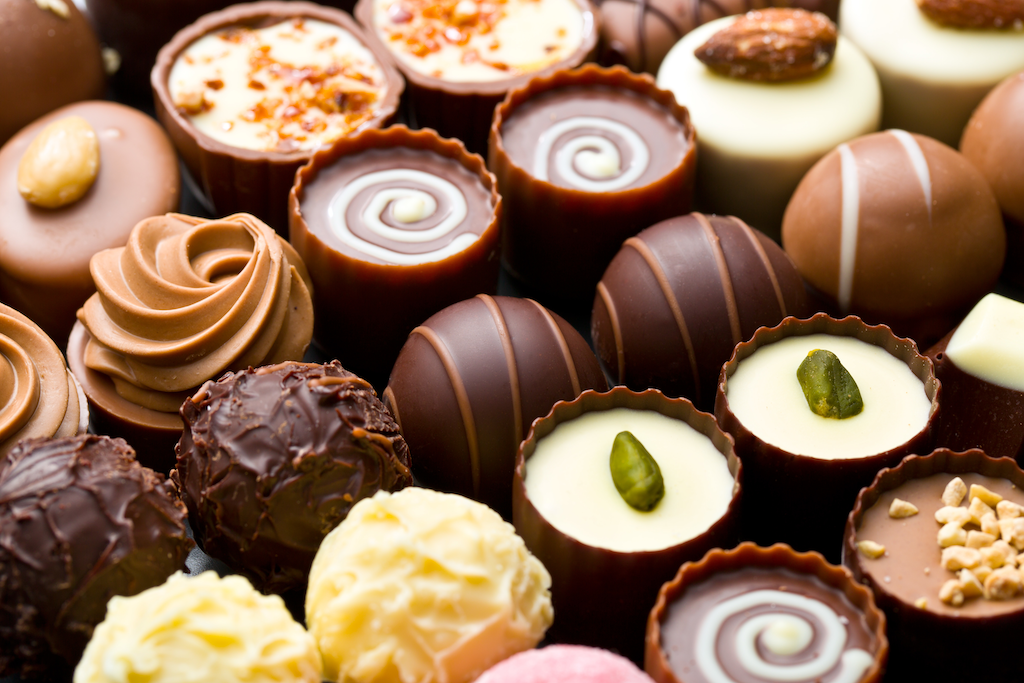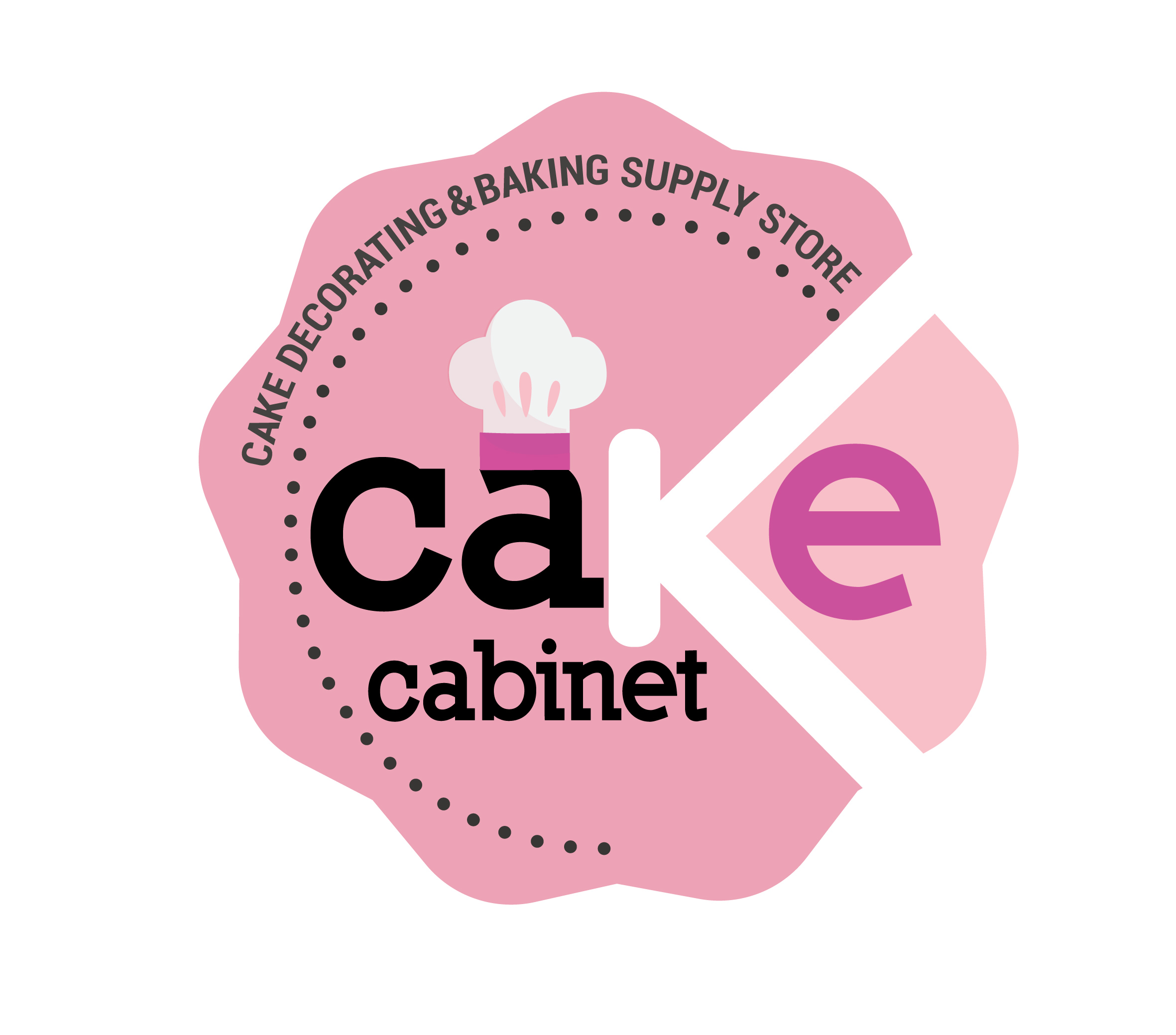How to Temper Chocolate

Tempering chocolate is an essential step for chocolate applications, such as moulding or enrobing, you want to obtain a final product that is entirely hard, which has a lovely satin gloss, a smooth snap, and also a beautiful chocolate colour. There is only one way to achieve this, and that is by pre-crystallising the chocolate. Say you want to melt the chocolate and enrobe or mould with it, it could take hours before the chocolate starts to set. The chocolate will even begin to bloom; a whitish colour will appear after hardening. Also, if you are moulding the chocolate, it would be impossible to remove it from the moulds.
Why is this, you ask? Well, when we melt chocolate, we also melt all the stable cocoa butter crystals in the chocolate. Moreover, we need those crystals so that they create the snappy, shiny chocolate that can be removed from the mould with ease. Cocoa butter can re-crystallise in 6 different shapes. Only one, the beta crystal shape, is the stable one. This is where tempering or pre-crystallising chocolate is all about. It is about working the chocolate in a certain way; certain amounts of stable beta crystals are being formed. Those crystals multiply very quickly once the chocolate starts to cool down. Also, that will give you the perfect result you are looking for.
How to crystallise chocolate?
There are many different ways; they are all done with movement, temperature and time. Cooling down melted chocolate, and keeping it in motion during a certain time will already create the right crystals. This is exactly what we do when we apply the tabletop tempering method. Another way is by adding or seeding stable crystals, by mixing in solid chocolate pieces, that already contain the crystals such as callets. Tempering is absolutely necessary to have a great and shiny result. You want to enjoy the chocolate eating experience. It also avoids the fat bloom or chocolate to become soft and greyish.
Tempering prevents the dull, whitish colour and waxy texture that happens when the cocoa fat separates. Tempered chocolate produces a satisfying snap when you bite into it. Tempering process takes chocolate through a temperature curve, a process which aligns the crystals to make it smooth, silky and glossy.
Buying Chocolate
When purchasing chocolate, bittersweet and semi-sweet aren't good enough terms to go by. Look for the percentages: like 80% min dark cocoa, has an intense roasted cocoa taste. 70% min cocoa, extra bitter dark chocolate with a significant boost of roasted cocoa. 54% min cocoa, is a smooth, well-balanced dark chocolate, with a subtle vanilla note. It all varies on the brand of chocolate you purchase. We highly recommend purchasing coverture chocolate when making your own chocolate. Store your chocolate in an air-tight container, preferably in a dark cupboard. Chocolate can get old, if you have had your chocolate for more than 2 years, please discard and re-purchase. Flavours do go flat and disappear.
There are 3 stages to tempering: heating, cooling and reheating. Dark chocolate needs to be heated to 45°C and cooled to 27°C before being reheated to 31-32°C. 31-32°C is the optimal temperature for beta crystals formation in dark chocolate. Milk chocolate should be reheated to 30-31°C. White chocolate to 28-29°C.
How to Temper Chocolate, the easy way:
General house rules: chocolate and water do not mix! Please be careful all utensils are dry and free of any water spots. Chocolate should not come into contact with steam or water during the tempering process. When you are moulding chocolate, it is important to avoid any air bubbles, so be sure to stir the chocolate very gently.
- Begin by melting 2/3 of the chocolate in a bowl over a bain-marie. The chocolate needs to melt to 45°C. Stir and check the temperature using a thermometer.
- Remove off the heat, add the remaining 1/3 of the couverture chocolate, a tablespoon at a time, stirring gently.
- Once the chocolate has cooled to 27°C, reheat the chocolate gently over the bain-marie. Be careful it does not go over 32°C. This will untemper the chocolate, and you will need to start the process again.
- To test the chocolate has been tempered, dip a strip of parchment paper into the chocolate and leave it to set. Once the chocolate has fully set, it should be shiny.
A guide for temperatures:
| Heat to: | Cool to: | Re-heat to: | |
| White Chocolate | 45°C | 27°C | 28-29°C |
| Milk Chocolate | 45°C | 27°C | 30-31°C |
| Dark Chocolate | 45°C | 27°C | 31-32°C |

